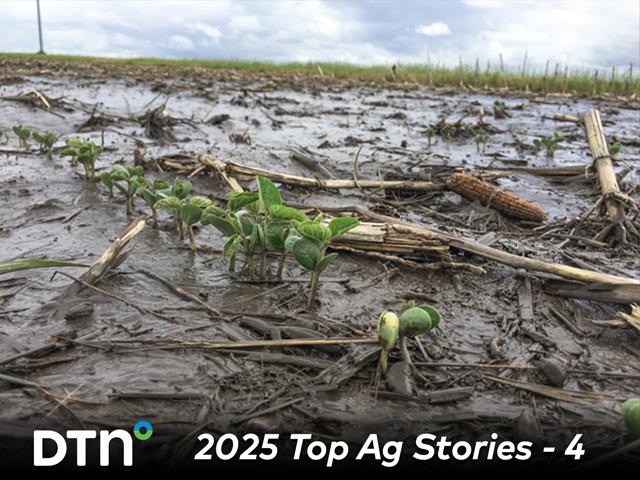Businesslink
Use Profits To Rebuild Working Capital
The last seven years have been a grind. Farmers attempted to balance low crop prices with stubborn production costs, barely making a profit in some years and dipping into working capital in others.
But, with droughty conditions fueling concern about U.S. corn and soybean production amid booming demand from China and rebounding global economies, crop prices are among the highest since the ethanol boom. Experts say prices above $4.50 per bushel for corn and $12 for soybeans are here to stay for at least another growing season but possibly much longer.
SET THE STAGE FOR SUCCESS
The opportunity for a string of profitable seasons is a welcome prospect for many farmers. However, many remain wary that input prices are quick to rise and that the biggest driver of demand, China, is notoriously fickle.
"Using this reprieve to set yourself back up for success, I think, is ultraimportant," says Pauline Van Nurden, an Extension economist at the University of Minnesota's Center for Farm Financial Management. "Since we know agriculture is cyclical, building working capital is the key here, so you have cash reserves to fall back on."
P[L1] D[0x0] M[300x250] OOP[F] ADUNIT[] T[]
That's often easier said than done. It's human nature to spend more money when you make more money, but Van Nurden advises it's important to stick with the disciplined management approach farmers have adopted in recent years:
-- Keep family living expenses in check.
-- Sell crops above your break-even price when there's a chance.
-- Set some of your profits aside to help manage through the years when prices are tough.
-- Make sure you aren't putting capital expenditures on your operating line.
-- Don't be afraid of paying income tax.
"It's OK to make capital upgrades and do some of the things you've probably deferred," Van Nurden says, adding that it's important to make sure the purchase adds efficiency or a return to the bottom line. People get in trouble when buying new equipment, for example, and use bonus depreciation to lower or eliminate their tax bill for the year.
If they're also financing that purchase, they're saddling themselves with principal payments long after that tax benefit disappears. "When profits erode and things get tighter, it gets harder to make those payments," she says. "Who knows how long this cycle is going to last? That's a thing that, I think, gets people in trouble."
**
-- Read Katie's business blog at about.dtnpf.com/business.
-- You may email Katie at katie.dehlinger@dtn.com, or visit
@KatieD_DTN on Twitter.
[PF_0821]
(c) Copyright 2021 DTN, LLC. All rights reserved.



